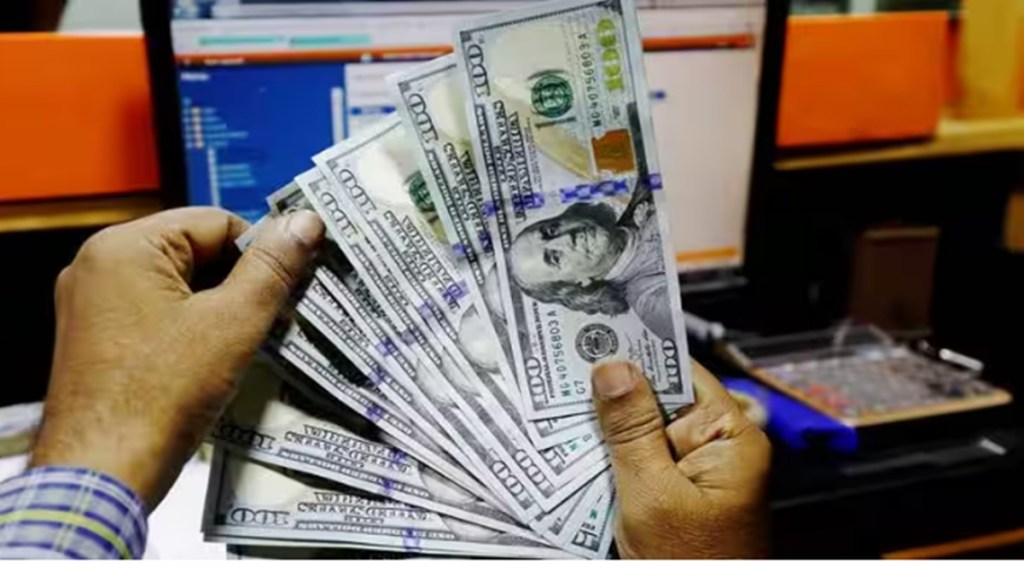India’s inclusion in the JP Morgan’s Emerging Markets bond index (GBI-EM Index), starting end-June next year, could be considered a coming-of-age of the Indian bond markets that have largely been dominated by local players. Foreign portfolio investors (FPIs) already trade in the country’s bond markets, but becoming part of a global index is recognition that our markets are now mature enough to absorb larger investments. To the government’s credit, it has not given in to investors’ demands on easier tax rules. It is also testimony to the strength and stability of the Indian economy. This enhanced status should put India in the reckoning for an inclusion in other global bond indices such as the Bloomberg Global Aggregate Index though some of them have more stringent conditions. Even ahead of this, active bond investors could be tempted to invest about $7-8 billion, given yields are fairly attractive and the volatility of the currency relatively low.
India’s weight in the GBI-EM Global index suite is 10% and, as such, the demand generated by passive investors is estimated at $20-25 billion over several months starting June 2024. As of now, foreign investors have invested about $8.5 billion in FAR (fully-accessible route) securities. The inflows will undoubtedly lower the cost of money for the sovereign, the biggest borrower in the market. While it can be tricky to project the trajectory of yields and currencies, especially in today’s highly volatile global environment, it would be safe to say yields would trend down once the flows start coming in. Experts expect the benchmark yield to trade at 30-40 bps above the repo rate, in steady state, especially since the appetite of local wholesale institutions like insurance and pension funds for gilt is also growing.
Importantly, the softening of yields would spill over to the corporate bond market since yields there are typically priced off the benchmark. Cheaper credit will boost corporate margins and encourage companies to invest in fresh capacities, spurring economic activity. As the investor base widens, banks can lend more to businesses.
For the Reserve Bank of India (RBI) though, managing the expected dollar inflows from debt investors, especially if India finds a place in more index funds, will not be easy. For one, the central bank would not want the rupee to appreciate beyond a point as that would hurt exports. On the other hand, mopping up the dollars would mean more rupee liquidity; the RBI would need to resort to some measures to rein in liquidity. However, the supply of dollars, when it arrives, would undoubtedly be a good opportunity for the RBI to bolster its reserves. As experts have pointed out, portfolio inflows are ‘borrowed reserves’ and, therefore, vulnerable to fleeing the country at the slightest hint of trouble. Also, no amount of a buffer can really be considered adequate in these uncertain times.
The flows will certainly bring some comfort to the external finances; they will serve as an additional source of funds to support the current account deficit (CAD). While that may work well for about a year or two, they could leave the markets vulnerable to volatility, post the initial adjustment, Should there be some earlier crowding-in of investments, it would support the CAD at a time when crude oil prices are rising. For sustained flows and long-lasting benefits through inclusion in other indices, there needs to be ease of operations.
